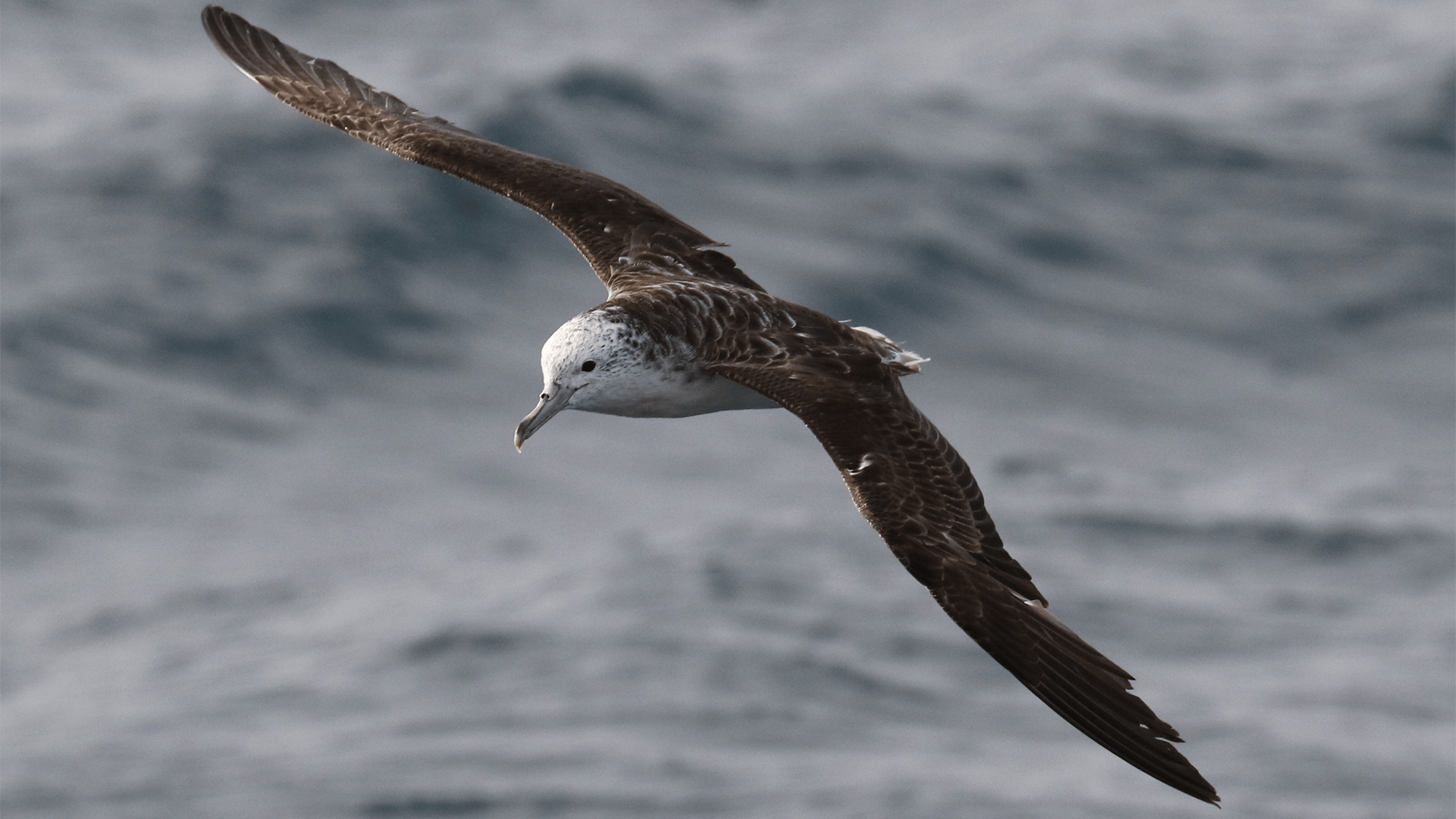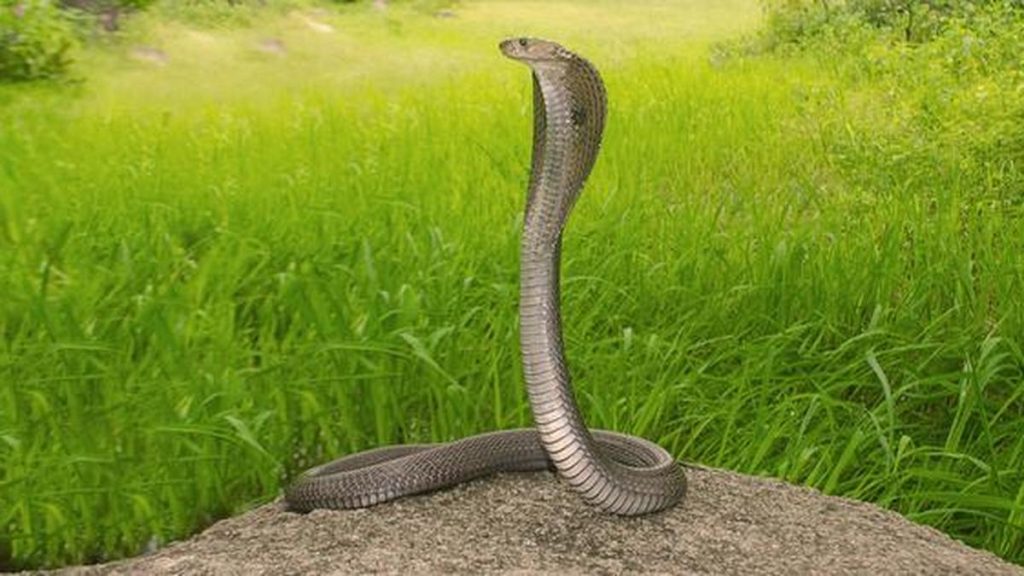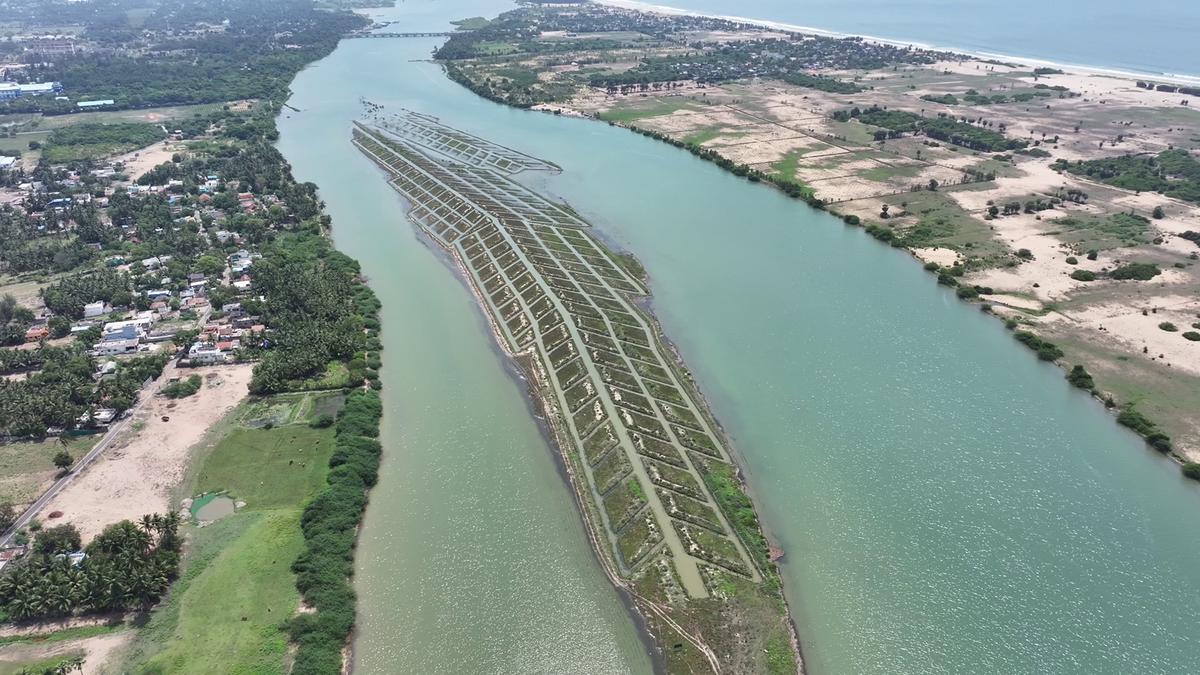Now Reading: Indian Seabirds Perfect the Art of Pooping in Mid-Air
-
01
Indian Seabirds Perfect the Art of Pooping in Mid-Air
Indian Seabirds Perfect the Art of Pooping in Mid-Air

Rapid Summary:
- Scientists from the University of Tokyo, led by marine biologist Leo Uesaka, studied streaked shearwaters (Calonectris leucomelas), a Pacific Ocean petrel species.
- Using tiny cameras secured to 15 birds’ undersides, the researchers aimed to observe how seabirds use their legs for lift-off but unexpectedly recorded nearly 200 instances of defecation during flight.
- The study found that shearwaters defecate almost exclusively while airborne and never while floating on water. In rare cases, they take short flights specifically to relieve themselves.
- on average, each bird in the study pooped five times per hour (5% body weight), suggesting potential energetic benefits (lighter load improving flight efficiency) or hygiene and predator avoidance while remaining on the water’s surface.
- Seabird droppings are ecologically significant as natural fertilizers for coastal environments. This research revealed higher excretion rates than previously estimated based on land observations.
- Possible explanations for airborne defecation include improved energy efficiency during takeoff, avoiding predators or infections, preventing exposure to saltwater irritation of internal tissues, or making bowel movements easier thru flight dynamics.
Indian Opinion Analysis:
The finding highlights an unexpected yet intriguing insight into avian behavior that has broader ecological implications. The staggering rate at which seabirds like shearwaters produce waste underscores their critical role in nutrient distribution across marine ecosystems. For India’s rich coastal biodiversity-teeming with mangroves and fisheries heavily intertwined with nutrient cycles-such findings coudl enhance understanding of ecological balance and resource management.Importantly, this type of behavioral adaptation illustrates how evolution addresses challenges posed by survival needs such as hygiene maintenance or predator evasion within aquatic habitats.While specific bird species observed were not native concerns for Indian shores directly under discussion-investigating similar behaviors among Indian seabirds could help conservationists better understand ecosystem health along India’s extensive coastline.
The biological significance coupled with impact assessment makes this accidental discovery potentially relevant beyond academic curiosity-not just in ecology but also monitoring broader environmental sustainability metrics globally including South Asia regions where fisheries dependent feedback loops thrive substantially underneath such shedding nutrients trends cyclic layer systems tracing supports directly




























